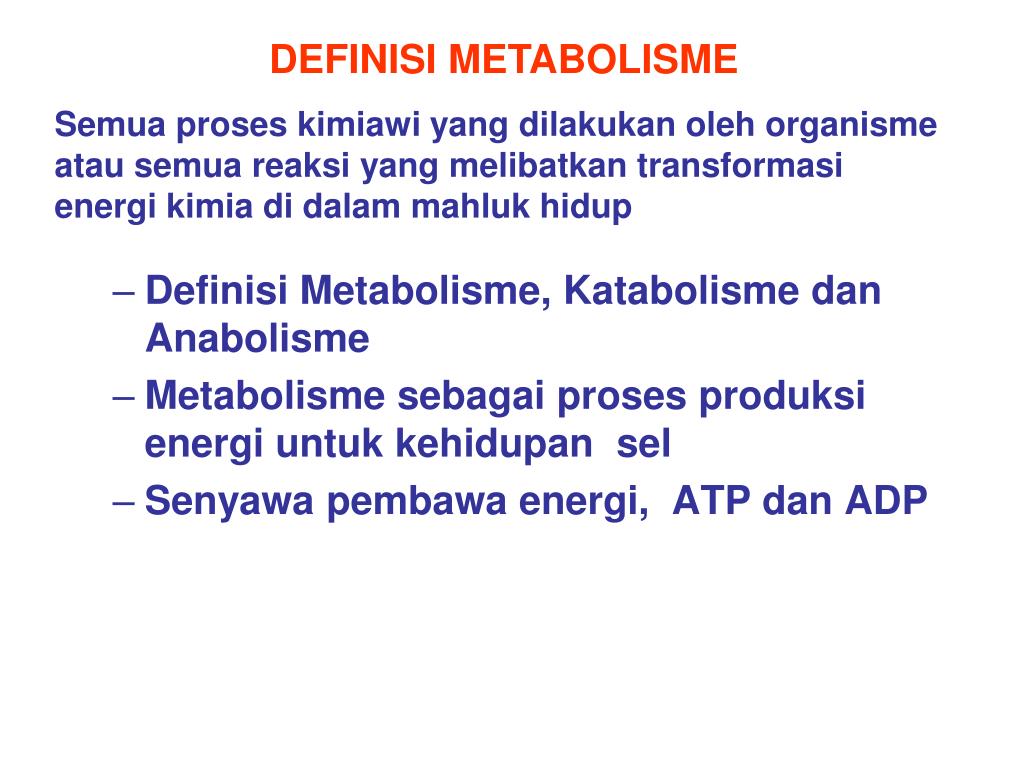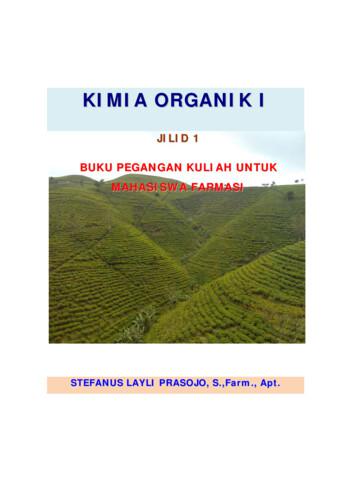


This review emphasized quinoline hybrid molecules with potential in vitro antiplasmodial and in vivo antimalarial activity against drug‐resistant P falciparum, covering articles published between 20. Some of quinoline hybrids were found to possess promising in vitro and in vivo potency. In recent years, numerous of quinoline hybrids were developed, and their activities against a panel of drug‐resistant P falciparum strains were screened. Hybrid molecules which contain two or more pharmacophores have the potential to overcome the drug resistance, and hybridization of quinoline privileged antimalarial building block with other antimalarial pharmacophores may provide novel molecules with enhanced in vitro and in vivo activity against drug‐resistant (including multidrug‐resistant) P falciparum. To tackle the growing resistance, new antimalarial drugs are needed urgently. Antimalarials such as quinolines are crucial to fight against malaria, but malaria control is extremely challenged by the limited pipeline of effective pharmaceuticals against drug‐resistant strains of Plasmodium falciparum which are resistant toward almost all currently accessible antimalarials. The Aqueous phase waste was discharged in the canister of aqueous phase waste and The organic phase waste was discharged in the canister of organic phase waste.Malaria is a tropical disease, leading to around half a million deaths annually. Finally, its solvent was distilled under vacuum condition. The organic layer was washed with water and sodium carbonate solution. Baku Pembuatan Biodiesel Trisnawati, Trisnawati Pendidikan Kimia Fakultas. After that, the organic layer was separated from aqueous layer. Limbah Kulit Pisang Sebagai Pupuk Organik Cair dan Aplikasinya Terhadap. Then it was stired overnight under ice water condition. The contens of the flask were added with 3.36 gram of tert-butylchloride. In a 100 mL of three necked flask equipped with stirrer, internal thermometer, dropping funnel and reflux condenser with calcium chloride tube, was filled with 4.45 gram of toluene and 0.133 gram of AlCl 3. The final step is removal of the proton from the sp 3 C bearing the alkyl-group reforms the C=C and the aromatic system, generating HCl and regenerating the active catalyst. Then, the p electrons of the aromatic C=C at toluene act as a nucleophile, attacking the electrophilic C +. Setelah itu, tiap-tiap porsi dimasukkan ke dalam masing-masingpereaksi untuk mengaktifkan pereaksi. Proses inidilakukan dengan membagi bahan pendukung reaksi berupa resin ke dalam beberapa porsi.

contoh pengikatan elektron materi penguapan arti protik kimia. Sintesis kimia secara kombinatorial pada fase padat memanfaatkan suatu proses yang dinamakan sebagai sintesis campur dan pisahkan.

In this process, the halide (Cl –) is removed from alkyl halide (tert-butylchloride) by a lewis acid catalyst (AlCl 3). Organik Sintesis Artikel Kimia Home » Kimia Anorganik Kimia. This reaction mechanism is preceded by the formation of a carbocation species.


 0 kommentar(er)
0 kommentar(er)
